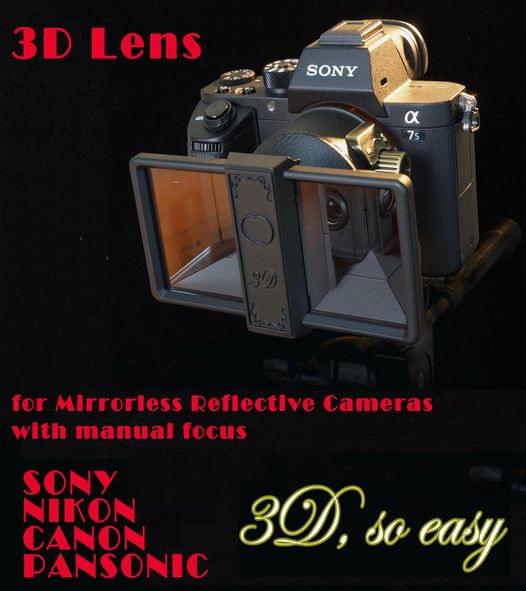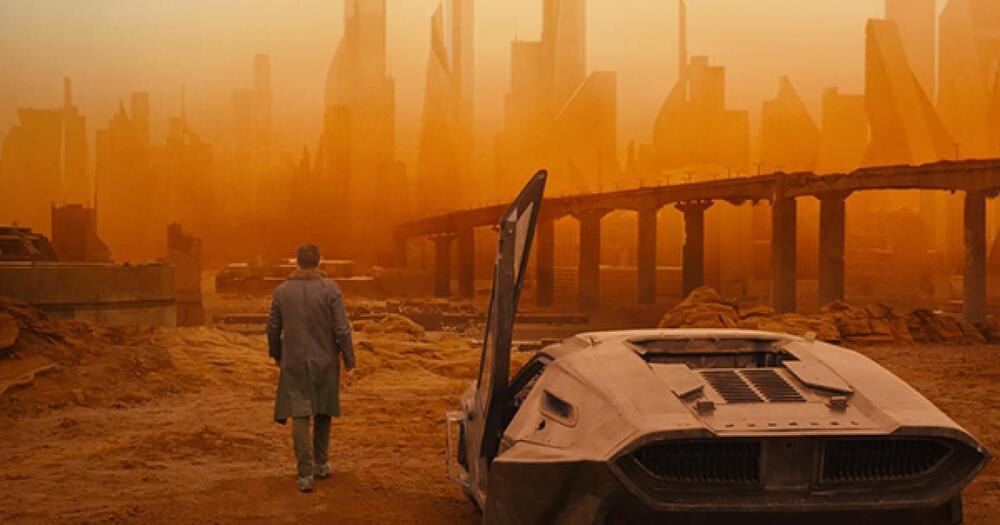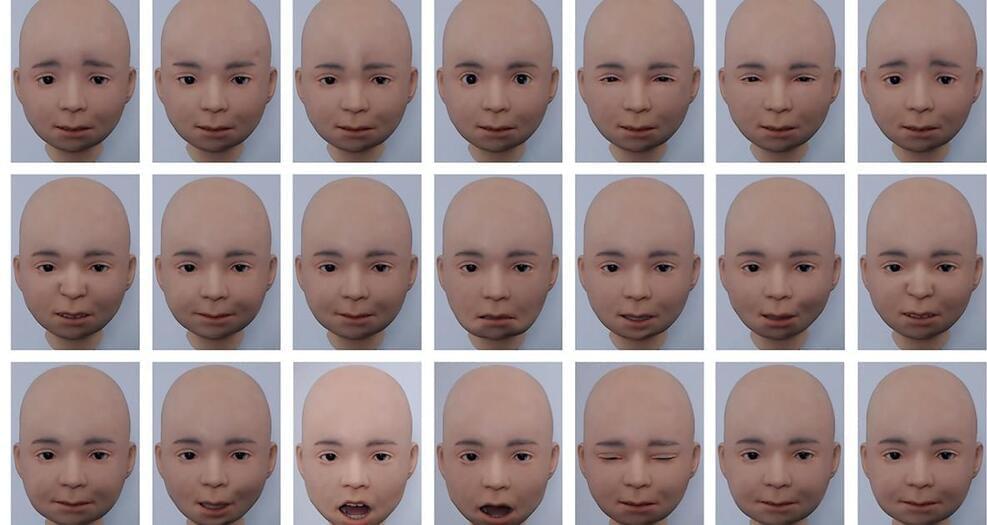
Category: futurism – Page 438







Tesla Cybertruck Spotted Next To Rivian R1T Showing Size Difference
One of the biggest unknowns regarding the upcoming Tesla Cybertruck was and still is its size, but a set of new photos posted online on the Cybertruck Owners Club forum shed some light on the matter.
In the images (embedded below), a release candidate (RC) Cybertruck is stopped at a Tesla Supercharger, and a Rivian R1T is parked right next to it, giving us an idea of what to expect when the angular all-electric pickup hits the market toward the end of this year (probably).
Judging from the photos, the Cybertruck seems a bit wider and longer than the R1T. For reference, Rivian’s pickup measures 217.1 inches long, 81.8 in wide (with the side mirrors folded), and 78.2 in tall (with the antenna accounted for and the suspension in its highest setting).


Fall Prevention: Balance and Strength Exercises for Older Adults
While it’s not possible to completely prevent a fall, exercises that focus on balance and strength training can reduce the risk of falling. “We treat elderly adults for injuries sustained from falls, and other patients who feel unsteady while walking or standing and are fearful of falling,” says Lora Stutzman, a physical therapist with the Johns Hopkins Rehabilitation Network. “These exercises can help improve balance and build strength to help prevent future falls.”
For older adults, activities such as squatting, standing up from a chair and walking may be difficult or cause them to feel unsteady, which increases their risk of falling. The following exercises are intended for those who have a low risk of fall and are able to stand on their own without support from others. Always talk to your doctor or physical therapist first before starting new exercises, especially if you have weak balance.
Stutzman demonstrates two exercises below.
